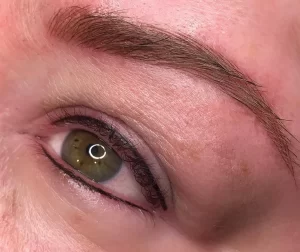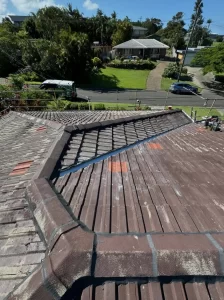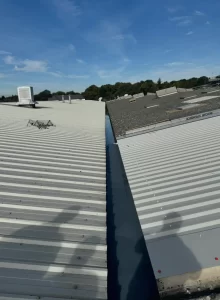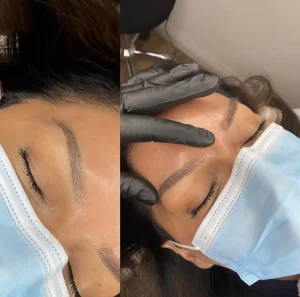Removing a sleeve tattoo can be a lengthy and complex process. It requires multiple sessions of tattoo removal treatments to achieve the desired results. The number of sessions needed can vary depending on several factors, including the size, color, and age of the tattoo, as well as the individual’s skin type and overall health.
Factors that affect the number of sessions:
Tattoo size:
The size of the sleeve tattoo plays a significant role in determining the number of sessions required for removal. Larger tattoos generally require more sessions compared to smaller ones, as there is more ink to remove.
Tattoo color:
The color of the tattoo also affects the number of sessions needed. Certain colors, such as black, respond well to laser tattoo removal and can be removed more easily. However, colors like red, yellow, and green may require additional sessions or different laser wavelengths for effective removal.
Tattoo age:
The age of the tattoo is another factor to consider. Older tattoos tend to fade over time, making them easier to remove compared to newer ones. However, even older tattoos may require multiple sessions for complete removal.
Skin type:
Individuals with lighter skin tones generally respond better to tattoo removal treatments compared to those with darker skin. The amount of melanin in the skin can affect the laser’s ability to target the tattoo ink, so individuals with darker skin may require more sessions for effective removal.
Overall health:

An individual’s overall health can impact the tattoo removal process. Those with a strong immune system and healthy lifestyle may respond better to treatment, resulting in faster tattoo fading and fewer sessions needed.
Treatment options:
There are several methods used for tattoo removal, including laser removal, surgical excision, and dermabrasion. However, laser tattoo removal is the most common and effective method for removing sleeve tattoos.
Laser tattoo removal works by using high-intensity laser beams to break down the tattoo ink into smaller particles, which are then eliminated by the body’s lymphatic system. Each laser session targets a specific area of the tattoo, and subsequent sessions are scheduled once the skin has had sufficient time to heal.
The exact number of sessions required for complete tattoo removal can vary greatly. On average, it may take anywhere from 5 to 15 sessions spread out over several months. However, some tattoos may require more sessions, especially if they are large, colorful, or deeply ingrained in the skin.
Conclusion:
Removing a sleeve tattoo is a gradual process that requires multiple sessions of tattoo removal treatments. The number of sessions needed depends on various factors, including the tattoo size, color, age, skin type, and overall health of the individual. Laser tattoo removal is the most common method used, but the exact number of sessions required can vary significantly. It is essential to consult with a qualified tattoo removal specialist to determine the best treatment plan and expectations for removing a sleeve tattoo.





